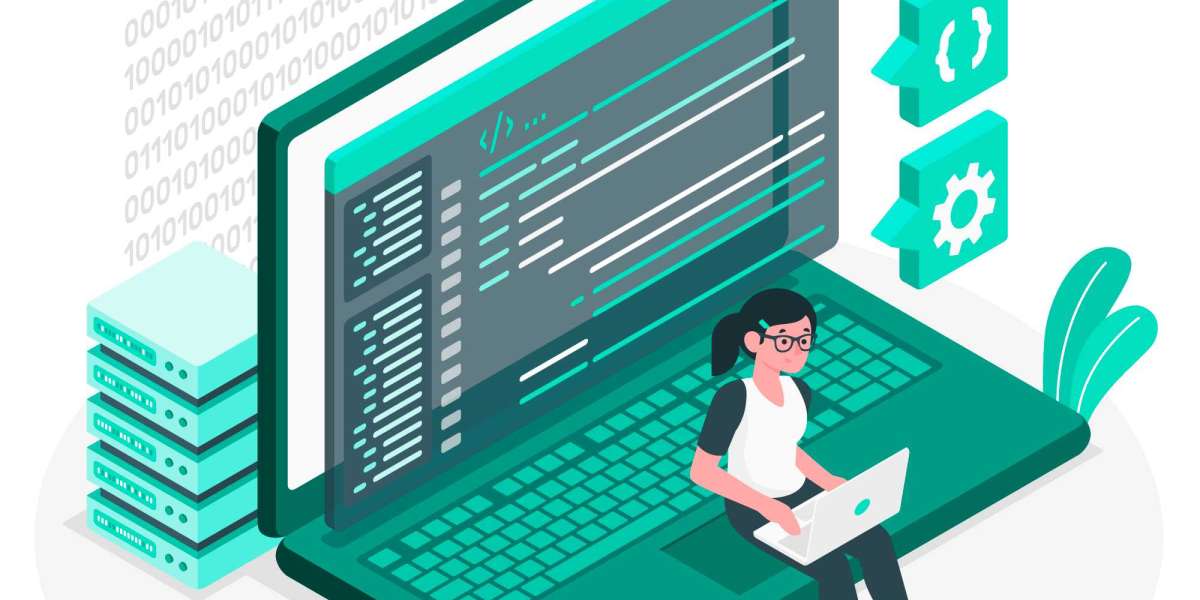As technology continues to evolve at a rapid pace, the realm of web application development is no exception. In 2023, Python, a versatile and widely adopted programming language, remains a driving force, particularly in Python development services for dynamic and feature-rich web applications. To stay ahead in this ever-evolving landscape, it's crucial to be aware of the top Python web app development trends that are shaping the industry. In this article, we'll delve into the key trends that are set to dominate Python web app development in 2023.
1. Microservices Architecture
Microservices architecture is gaining significant traction in the web app development domain, and Python is no exception. It involves breaking down applications into smaller, loosely coupled services that can be developed, deployed, and scaled independently. Python's lightweight and agile nature makes it an excellent choice for building microservices, enabling developers to create flexible and scalable applications that can adapt to changing business needs.
2. AI and Machine Learning Integration
Python's dominance in the realm of artificial intelligence (AI) and machine learning (ML) continues to be a major trend in web app development. The extensive libraries such as TensorFlow, PyTorch, and scikit-learn provide developers with the tools needed to integrate advanced AI and ML capabilities into web applications. From recommendation systems to predictive analytics, Python empowers developers to create intelligent and data-driven web experiences.
3. Serverless Computing
Serverless computing is revolutionizing how applications are deployed and managed. Python, with its simplicity and compatibility, is well-suited for serverless architectures. Platforms like AWS Lambda and Azure Functions allow developers to build and deploy functions without the need to manage servers. This trend not only reduces infrastructure overhead but also enhances scalability and cost-efficiency.
4. Progressive Web Apps (PWAs)
PWAs are web applications that offer a native app-like experience, combining the best of both web and mobile app worlds. Python, along with frameworks like Flask and Django, enables the development of PWAs that are responsive, fast, and reliable. As user expectations for seamless experiences grow, PWAs are becoming a staple in modern web app development.
5. Blockchain Integration
Python's simplicity and versatility make it an attractive choice for integrating blockchain technology into web applications. From decentralized applications (dApps) to secure transactions and smart contracts, Python's libraries facilitate blockchain development. As the demand for secure and transparent digital interactions increases, Python's role in blockchain integration becomes more pronounced.
6. Low-Code and No-Code Development
The low-code and no-code development movement is simplifying the application development process, allowing non-developers to create web applications with minimal coding efforts. Python's user-friendly syntax and extensive libraries play a role in supporting these platforms. Developers can leverage Python to build custom components and extend the capabilities of low-code and no-code platforms.
7. Enhanced User Experiences with WebAssembly
WebAssembly (Wasm) allows developers to execute code in web browsers at near-native speed, enhancing the performance of web applications. Python, when compiled to WebAssembly, can bring powerful computational capabilities to the browser. This trend is particularly relevant for applications requiring complex calculations or simulations.
8. Voice and Gesture Interfaces
Python's libraries for natural language processing and computer vision enable the development of web applications with voice and gesture interfaces. With the proliferation of smart devices and virtual assistants, integrating these interfaces into web applications can provide a futuristic user experience that sets your applications apart.
9. Cybersecurity and Privacy Focus
As cybersecurity concerns grow, Python's emphasis on writing secure code and its robust frameworks like Django, which include built-in security features, make it a natural choice for developing secure web applications. Privacy-focused applications, compliance with data protection regulations, and encryption techniques are gaining prominence, and Python's ecosystem supports these requirements.
10. IoT-Driven Web Applications
The Internet of Things (IoT) continues to expand, and Python's lightweight and efficient nature make it a strong contender for developing IoT-driven web applications. Python libraries like Raspberry Pi and MicroPython simplify hardware interactions, allowing developers to create web applications that interact seamlessly with IoT devices.
Conclusion
Python's versatility, simplicity, and strong ecosystem of libraries and frameworks position it as a frontrunner in web application development trends for 2023. Leveraging Python software development services, businesses can tap into its potential. From microservices architecture to AI and ML integration, Python empowers developers to create innovative, scalable, and secure web applications that cater to the evolving needs of users and businesses. Staying abreast of these trends ensures that developers and businesses can harness Python's capabilities to build exceptional web applications that deliver outstanding user experiences in the dynamic digital landscape of 2023.








